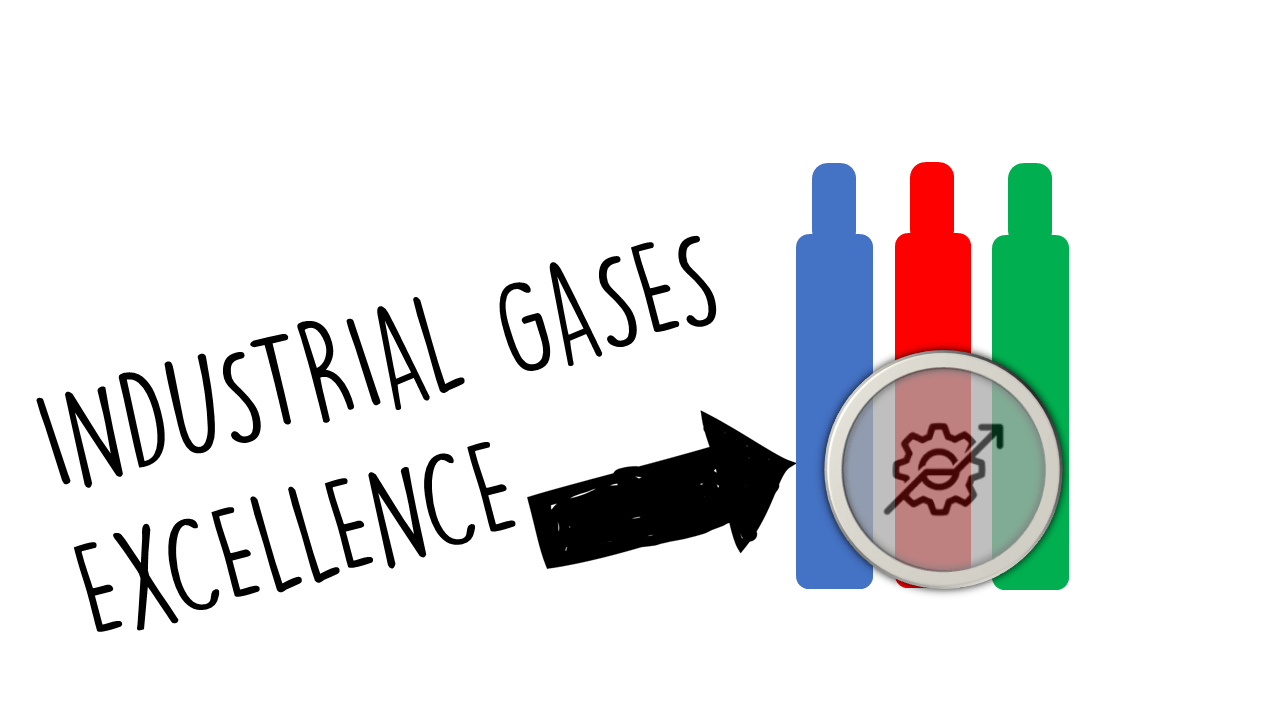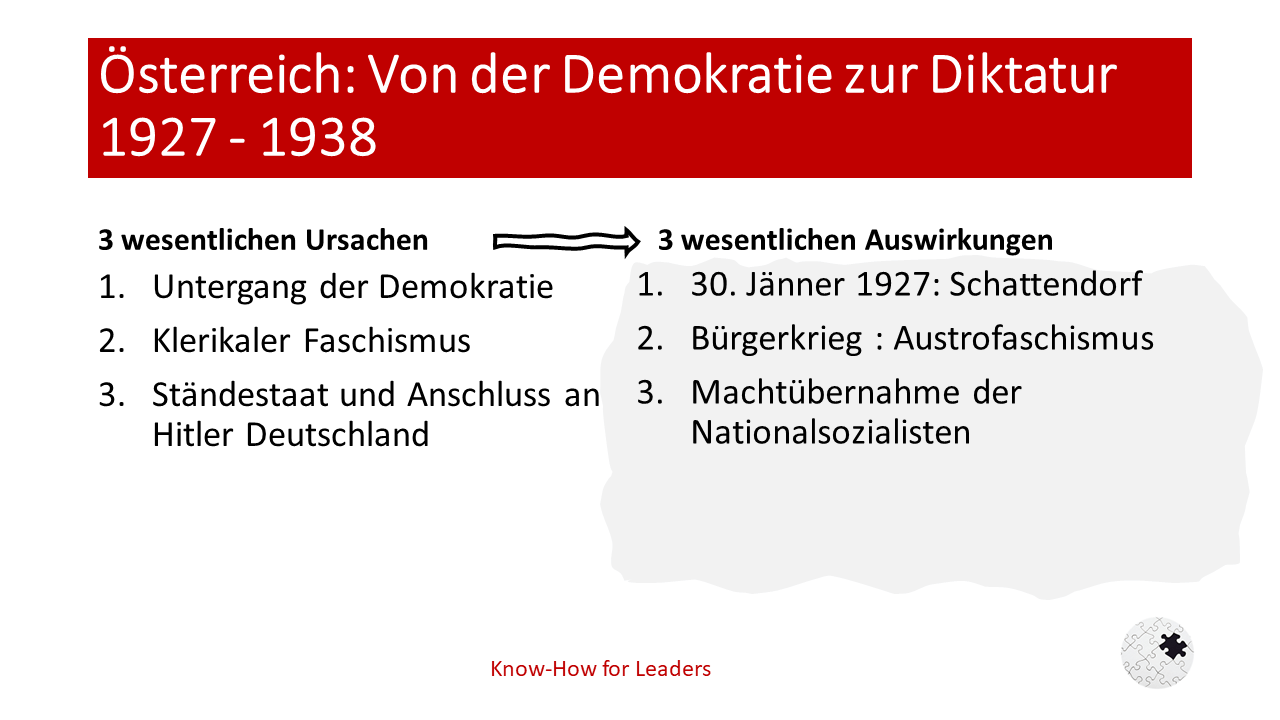A Seeker-to-Solver model , also known as a two-sided platform, is an economic platform that facilitates interactions between two distinct but interdependent groups of stakeholders from around the world , creating value through their engagement.
In the context of industrial gases, this framework can be applied to describe the dynamic interaction between Gas experts and Gas consumers, such as manufacturers, healthcare providers, and energy producers, who collectively drive demand and Innovation. The Seeker-to-Solver model aims at solving urgent problems on – demand.
Framing
- Interdependence: Emphasize the mutual dependence of suppliers and consumers in the industrial gases market, highlighting how their interactions generate value and drive growth.
- Platform Dynamics: Frame the industrial gas market as a platform where efficiencies can be gained through technology, logistics, and shared information between both parties.
- Value Creation: Focus on the value that arises not just from the physical gases provided but from the services and solutions that enhance operational effectiveness for consumers.
- Collaboration Networks: Highlight the role of partnerships and networks that facilitate the exchange of information, innovation, and practices across different sectors that utilize industrial gases.
Re-Framing
To re-frame the two-sided market concept within the context of industrial gases, consider:
- Technology Integration: Shift focus towards the role of digital technologies, such as IoT and big data, in connecting suppliers and consumers, optimizing supply chains, and enhancing service delivery.
- Customer-Centricity: Reposition the market dynamics to prioritize consumer needs and preferences, fostering personalized solutions that cater to specific industries (e.g., healthcare, manufacturing).
- Sustainability Goals: Emphasize how collaborating within a two-sided market can advance sustainability initiatives, aligning supply and demand with eco-friendly practices and renewable technologies.
- Innovation Ecosystems: Encourage the formation of ecosystems that promote innovation through partnerships among gas suppliers, end-users, universities, and research institutions.
Actions
To leverage the two-sided market framework in the industrial gases sector, stakeholders can take these actions:
- Develop Digital Platforms: Create online platforms that facilitate direct engagement between suppliers and consumers, allowing for streamlined order processing, communication, and feedback.
- Enhance Customer Support: Implement responsive customer support solutions that provide real-time assistance and foster relationships between gas suppliers and their users.
- Segment Market Needs: Conduct market segmentation to understand the specific needs of different customer categories, enabling tailored offerings that enhance customer satisfaction.
- Invest in Research Collaboration: Establish collaborative research initiatives with universities and industry partners to innovate gas applications and improve supply chain efficiencies.
- Promote Sustainability Initiatives: Align offerings with sustainability goals, providing solutions that help customers achieve their own environmental objectives, such as reduced carbon emissions.
Case Studies
Case Study 1: Digital Marketplace for Gases
- Description: A leading industrial gas supplier created an online marketplace where customers could compare gas prices, order products, and access technical support services.
- Outcome: This digital transformation led to improved customer satisfaction, faster order fulfillment, and enhanced loyalty through better engagement.
Case Study2: Collaboration in Specialty Gases
- Description: An industrial gas company partnered with semiconductor manufacturers to develop specialty gases tailored to the unique processes in chip production.
- Outcome: This collaboration not only enhanced product quality but also created a deeper understanding of the manufacturers’ needs, leading to joint R&D initiatives and market growth.
Case Study 3: Sustainability Partnerships
- Description: A major industrial gas provider launched a program encouraging users to switch to lower-carbon gases, such as hydrogen blends, combining supply with technical guidance.
- Outcome: Participants in the program reported lower emissions, and the initiative attracted new clients focused on sustainability, ultimately expanding the market presence of the gas supplier.
Conclusion
The two-sided market framework Seeker-to-Solver in the industrial gases industry illustrates the dynamic relationship between suppliers and consumers, emphasizing the importance of collaboration, technology, and innovation.
By embracing digital platforms, enhancing customer engagement, and promoting sustainability, stakeholders can create value that benefits both sides of the market. The integration of targeted actions and successful case studies underscores the potential to harness the two-sided market model, unlocking new opportunities for growth and efficiency in the industrial gas sector.
Moving forward, fostering an ecosystem of interconnected partners will be essential for achieving industrial gas excellence and addressing the evolving needs of diverse industries.




